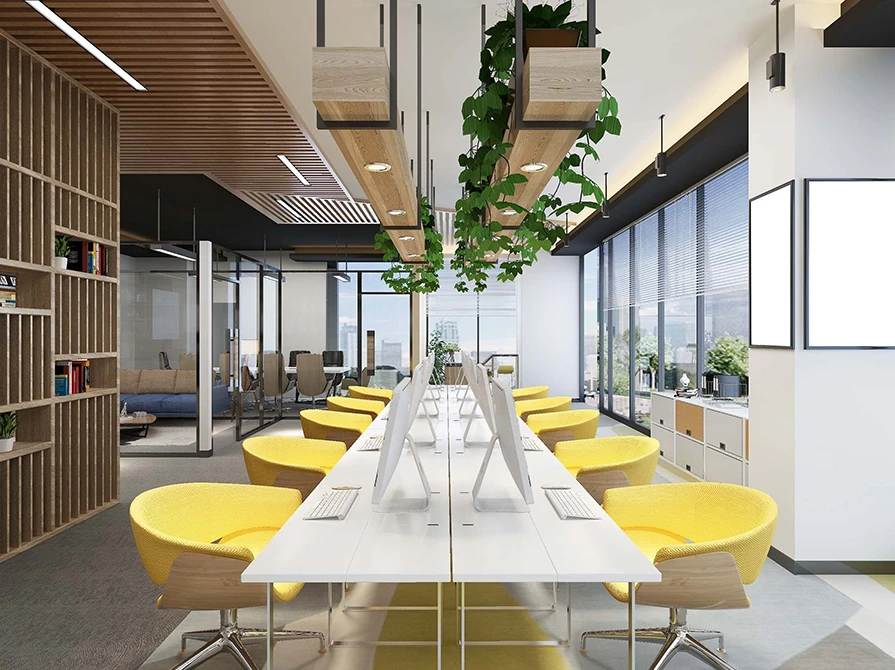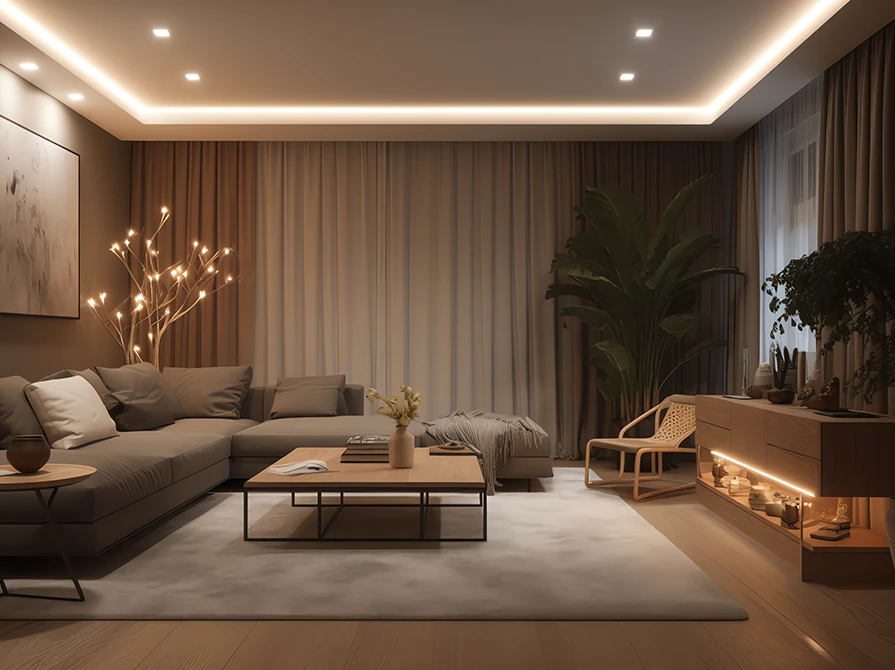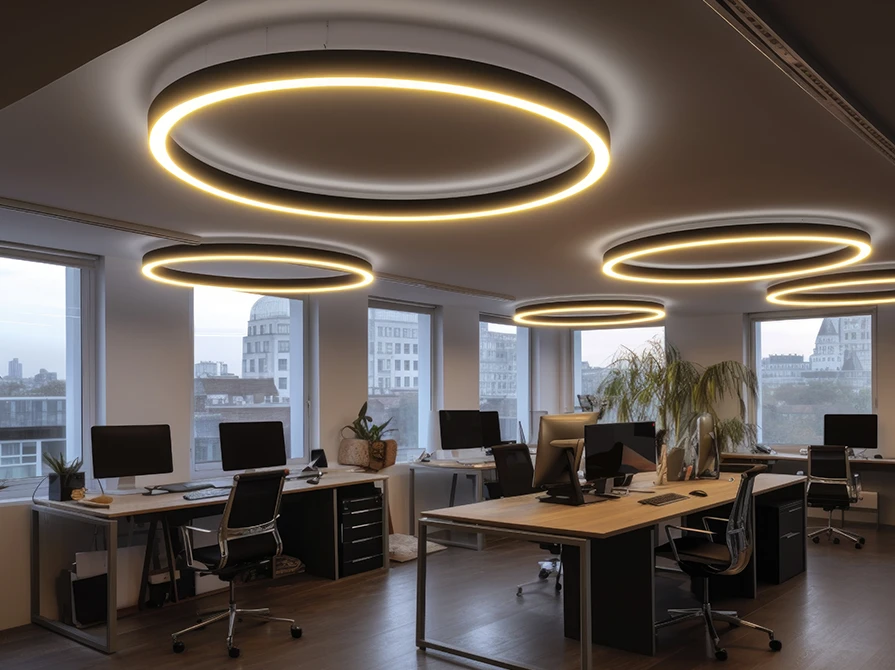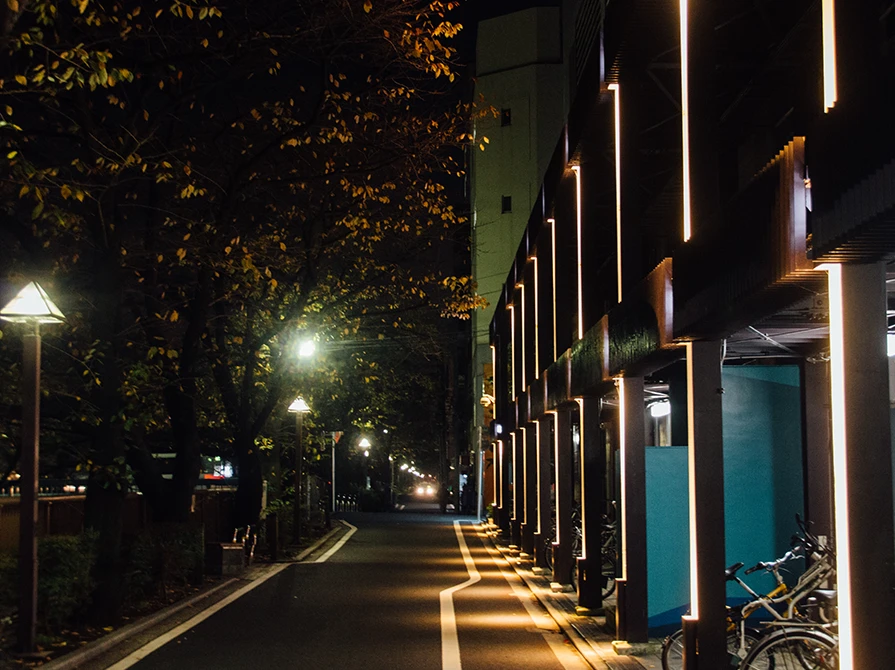


In the modern workplace, the importance of creating an environment that promotes both health and productivity cannot be overstated. One of the most critical yet often overlooked aspects of workplace design is lighting. The impact of lighting goes beyond mere illumination; it significantly affects our circadian rhythms, which in turn influences our overall health, mood, and productivity. This blog delves into how we can balance circadian rhythms through strategic lighting solutions, ultimately fostering healthier and more productive workspaces.
Circadian rhythms are natural, internal processes that regulate the sleep-wake cycle and repeat roughly every 24 hours. These rhythms are influenced by external cues, the most significant of which is light. Exposure to natural light during the day helps keep our circadian rhythms in sync, promoting alertness and activity. Conversely, exposure to artificial light, especially in the evening, can disrupt these rhythms, leading to sleep disorders and other health issues.
The type, intensity, and timing of light exposure play crucial roles in regulating circadian rhythms. Morning light exposure helps signal to our body that it’s time to wake up and be active. Midday light, which is typically the brightest and most intense, keeps us alert and productive. In contrast, evening light exposure, particularly blue light from screens and certain types of artificial lighting, can interfere with the production of melatonin, the hormone responsible for inducing sleep.
To optimize circadian rhythms in the workplace, it is essential to design lighting solutions that mimic the natural progression of daylight. Here are some key strategies:
Whenever possible, design workspaces to maximize exposure to natural light. Large windows, skylights, and open office layouts can help achieve this. Natural light not only supports circadian rhythms but also enhances mood and productivity.
Dynamic lighting systems that adjust the color temperature and intensity of light throughout the day can effectively mimic natural light patterns. Cooler, brighter light in the morning and afternoon can enhance alertness and productivity, while warmer, dimmer light in the evening can help prepare the body for rest.
Task lighting provides focused light for specific activities, reducing the reliance on overhead lighting. This can be particularly useful for tasks that require precision and concentration, helping to minimize eye strain and improve work quality.
Select light fixtures that support circadian health. LED lights with tunable white technology allow for adjustments in color temperature, making it easier to simulate natural light variations. Fixtures that minimize glare and distribute light evenly can also contribute to a more comfortable and productive work environment.
Integrating light sensors and automated controls can optimize lighting levels based on natural light availability and occupancy. This not only supports circadian rhythms but also enhances energy efficiency and reduces operational costs.
While the benefits of circadian-aligned lighting are clear, there are challenges and considerations to keep in mind:
The initial investment in advanced lighting systems can be high. However, the long-term benefits in terms of energy savings, increased productivity, and improved health outcomes often justify the expenditure.
People have unique circadian rhythms and lighting preferences. Customizable and adaptable lighting solutions are essential to cater to individual needs within a shared workspace.
To maintain optimal lighting conditions, continuous monitoring and adjustments may be necessary. Automated systems with feedback loops can help achieve this, ensuring that lighting remains aligned with circadian principles.
Proper lighting can help regulate sleep-wake cycles, leading to better sleep quality. This, in turn, improves overall health, mood, and cognitive function.
Exposure to natural light and well-designed artificial lighting can reduce symptoms of depression and anxiety, promoting a positive work environment and employee well-being.
Circadian-aligned lighting enhances alertness and cognitive performance, leading to higher productivity and better work outcomes. Employees are likely to experience fewer instances of fatigue and burnout.
Technological advancements have revolutionized the way we design and implement lighting solutions. Here are some cutting-edge technologies that support circadian rhythms:
Smart lighting systems can be programmed to adjust lighting conditions automatically throughout the day, aligning with natural circadian rhythms. These systems can be controlled remotely and customized to suit individual needs and preferences.
Wearable light therapy devices, such as light therapy glasses, can supplement workplace lighting, providing additional light exposure to support circadian health. These devices are particularly useful for individuals who do not receive sufficient natural light during the day.
Human-Centric Lighting (HCL) is designed to support human health and well-being by mimicking natural light patterns. HCL systems incorporate advanced LED technology and control systems to create dynamic lighting environments that promote circadian alignment.
Balancing circadian rhythms through strategic lighting solutions is a powerful approach to enhancing health and productivity in the workplace. By prioritizing natural light, using dynamic lighting systems, and leveraging advanced technologies, we can create work environments that support well-being and peak performance. As we continue to understand the profound impact of light on our circadian rhythms, the future of workplace design will undoubtedly be brighter, healthier, and more productive. For more information on circadian lighting solutions, please get in touch with us.







